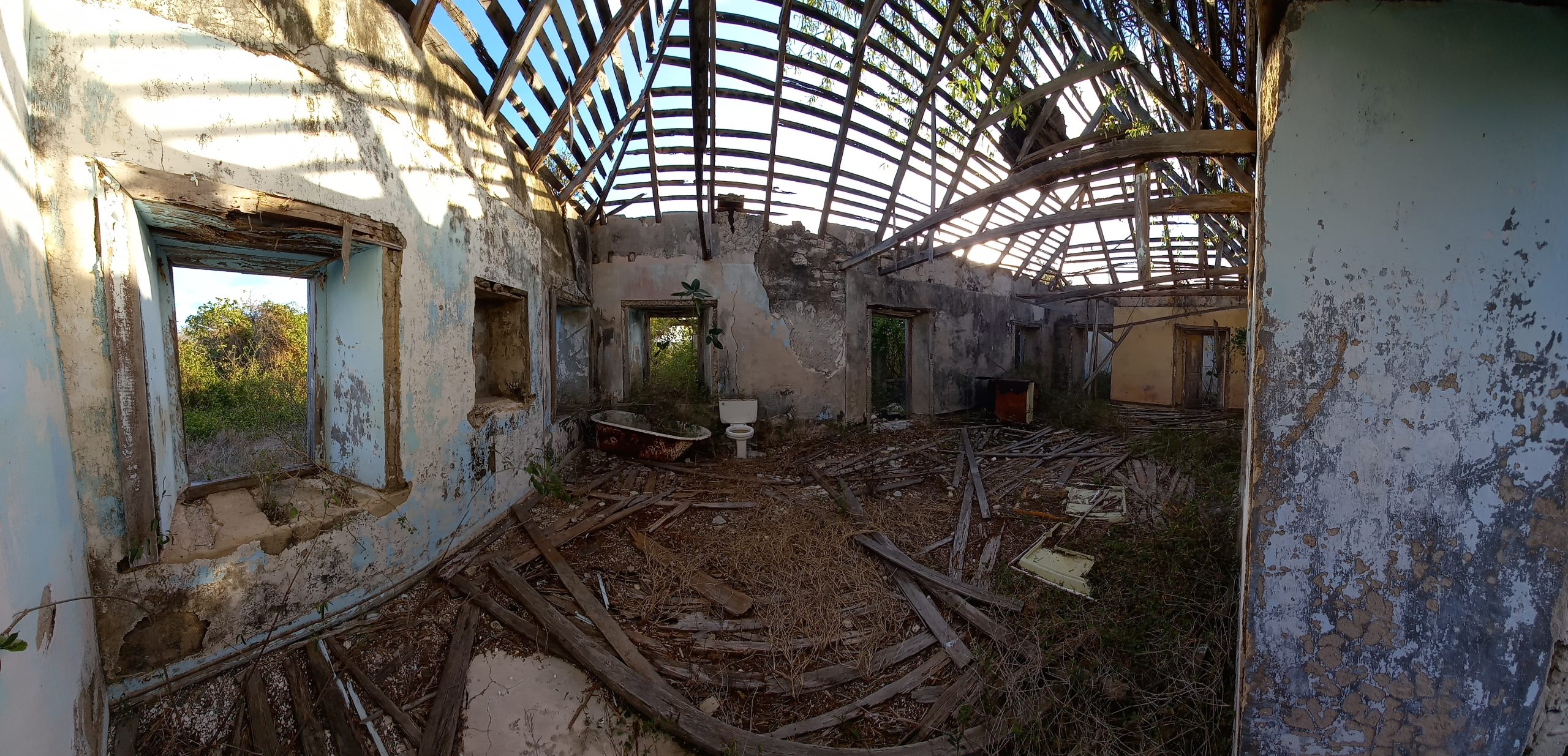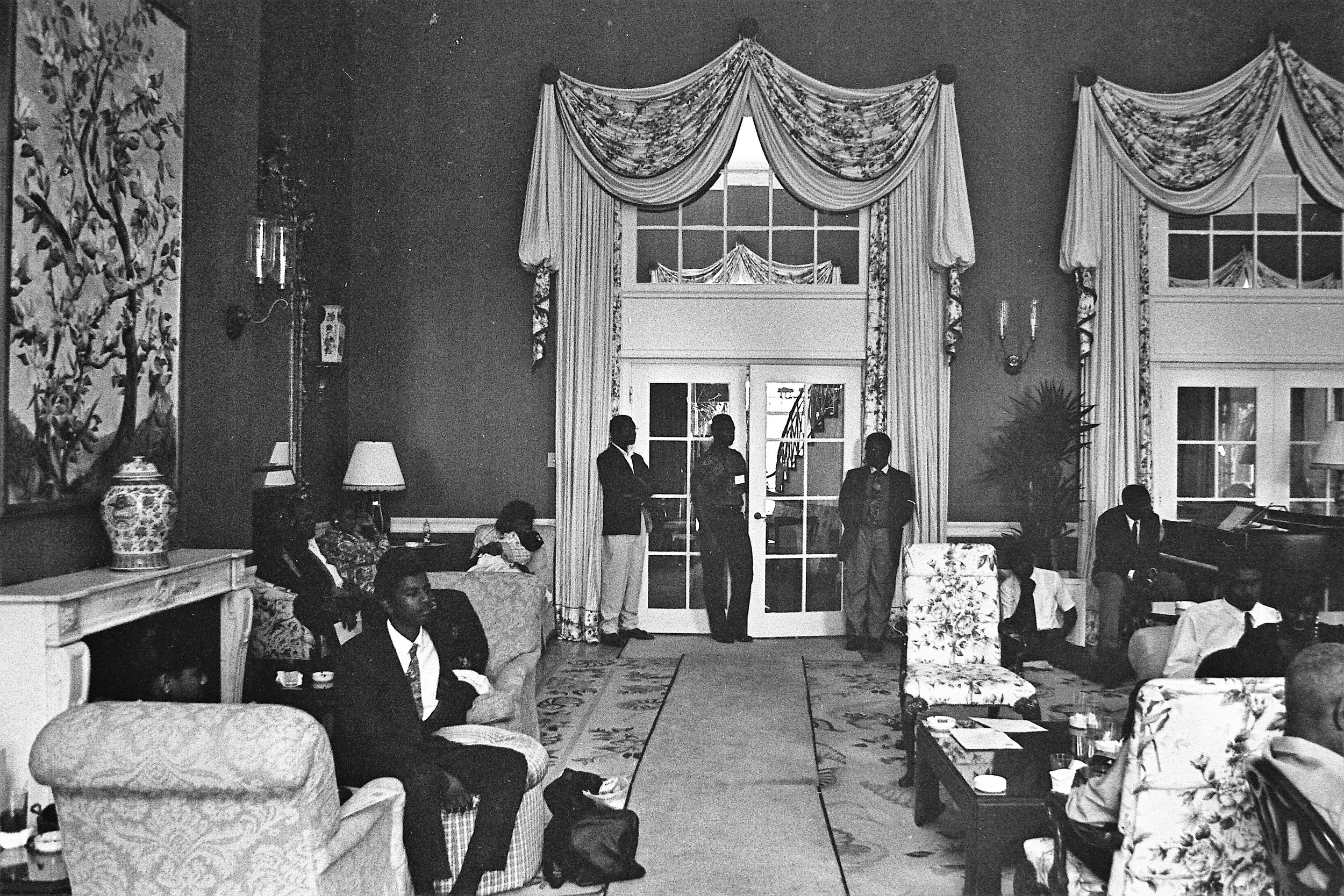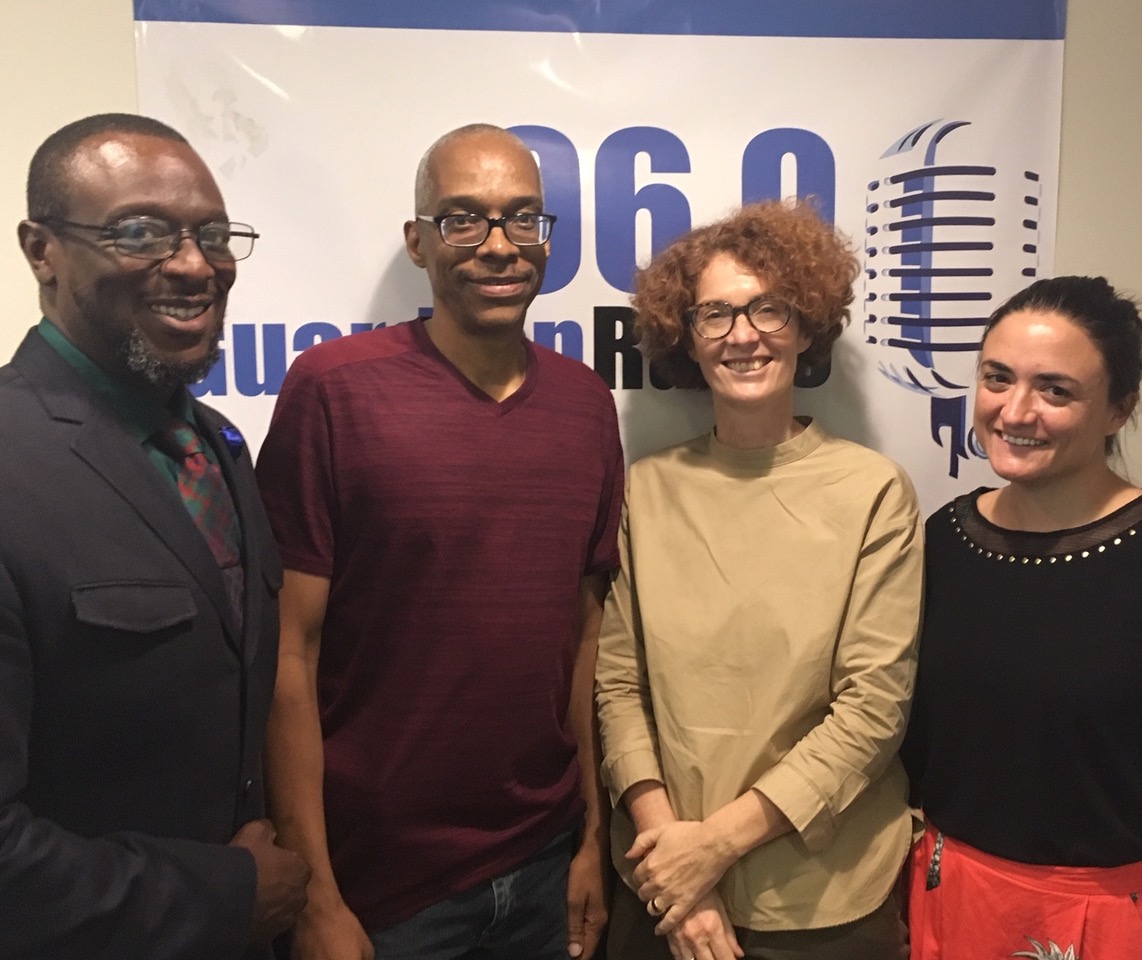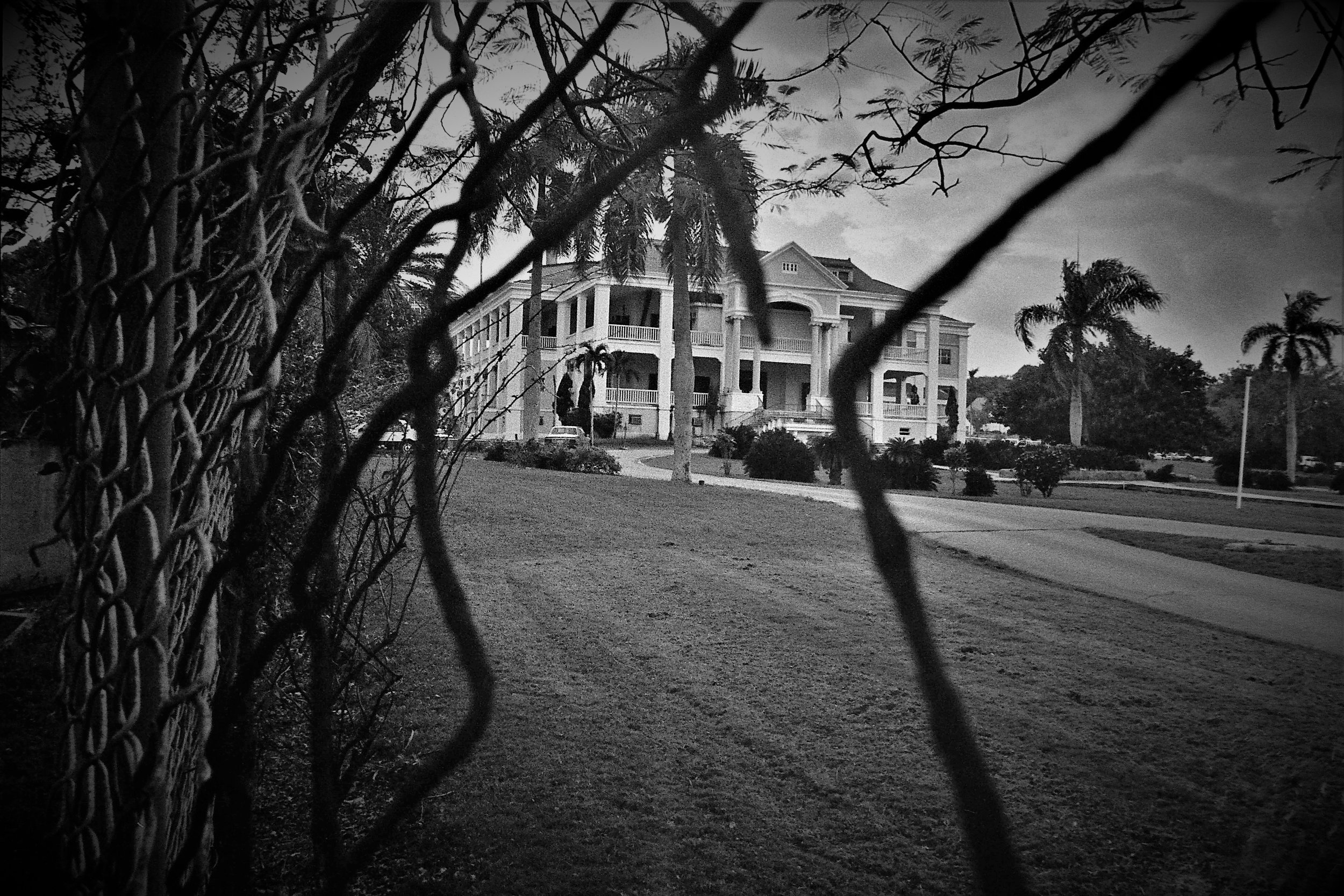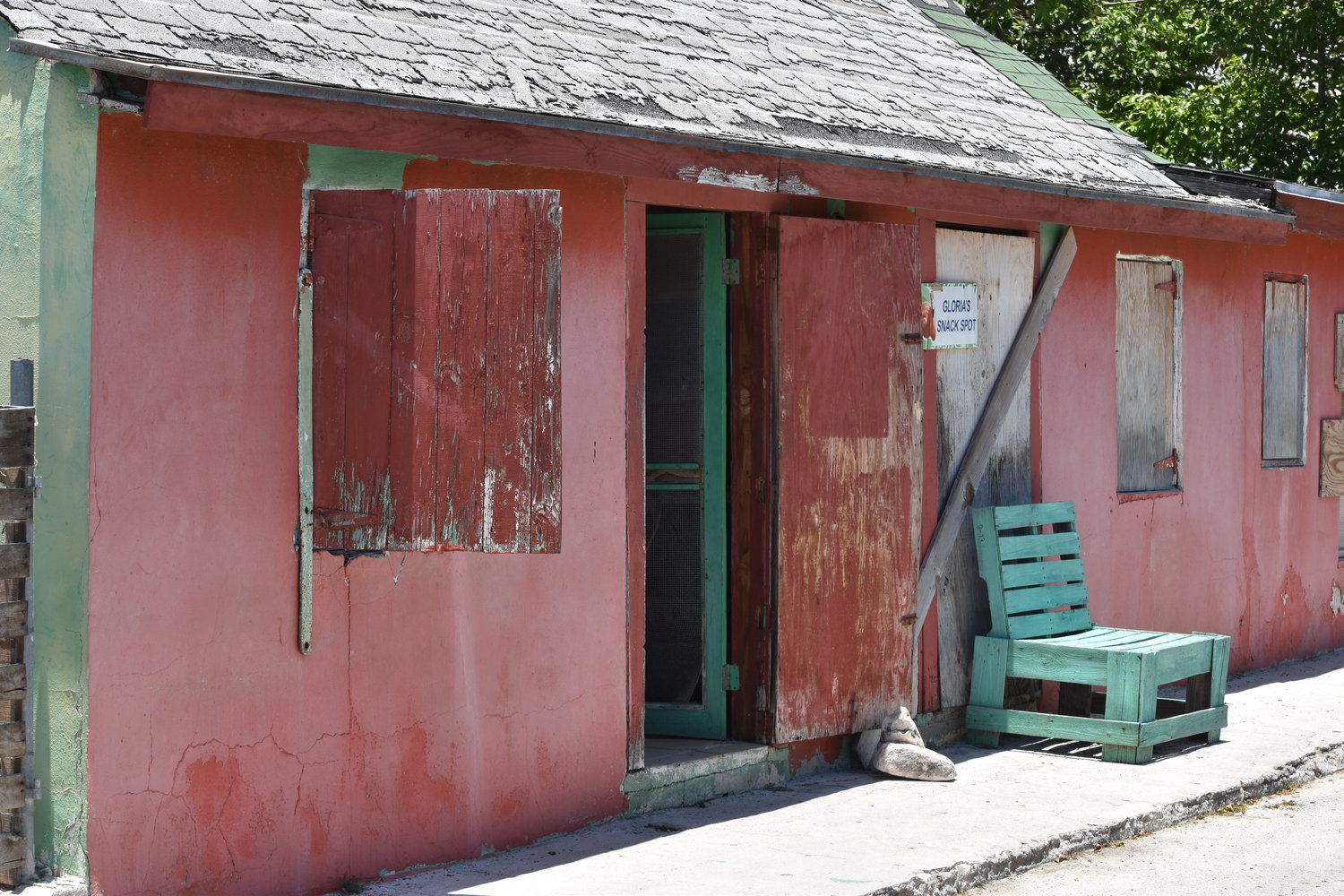Stories Preserving the Forgotten Nowé Harris-Smith · 12 June 2025 In the current Project Space exhibition Portals: Doorways to the
All posts tagged: Eric Rose
Considering culture: More than a smile
By Dr Ian Bethell-Bennett, The University of The Bahamas. The art of expression is as much a part of culture as is the art of weaving or straw work, yet we often overlook this. When someone says, “I ga beat you into next week,” the local colour is present, but the violent subtext is usually edited out. In Jamaican novelist, dramatist, critic, philosopher, and essayist Sylvia Wynter’s work “We must learn to sit down together and talk about a little culture” (Jamaica Journal, 1968) we see the commodification of art and culture. Yet, we have apparently progressed to the post-independence point where most pre-independence problems are ignored or cured by the shift. But the exploration of sitting down together demonstrates that we have not moved beyond the problems nor have they disappeared. Violence and violent dispossession remain realities, often ignored.
Blank Canvas: March 6th, 2019, Eric Rose, Danny Davis and Jenna Chaplin
The NAGB’s Blank Canvas invites three guests into the studio—all of whom have artwork exhibited in this year’s National Exhibition, “NE9: The Fruit & the Seed”—to discuss different ideas about boundaries and public spaces and how those can be organised in such a way as to be detrimental to our continued positive growth as a society.
Speaking to views and gazes in the work of Eric Rose: Education, Space and Knowing your Place
By Dr Ian Bethell-Bennett, University of The Bahamas.
My eyes may be dim, but I can see
Though sight be mitigated by supervision,
My view is my experience
I shall not be moved
Art provides an interior image of exteriorised feelings that are usually not openly discussed. The interior/exterior reality of images and experiences is often surreal as it collapses spaces into times that are not always compatible. Art allows whimsical flights of fantasy and fancy, which break down barriers and create potential changes that defy limitations. Photography, at the same time, opens eyes to what is often overlooked, while also capturing an image of something in a unique way that renders it more or less than it is.
Cultural Development and Investment: The Recognition of Our Cultural Heritage
Cultural heritage, shockingly, is actually not unique to or owned by a people unless it is inscribed as such. So, as a nation, we think we are the sole practitioners of Junkanoo the way we perform it on Boxing Day morning and New Year’s Day morning, however, this unique cultural relationship does not endow us, The Bahamas or the Bahamian people with the right to use Junkanoo as we wish. We do not own the practice nor do we benefit from it, despite the fact that whenever we are invited as a country to an arts or culture festival we tend to drag an entire Junkanoo group with us. The nation and the state have been historically irresponsible when it comes to officially claiming and so protecting our cultural heritage.
